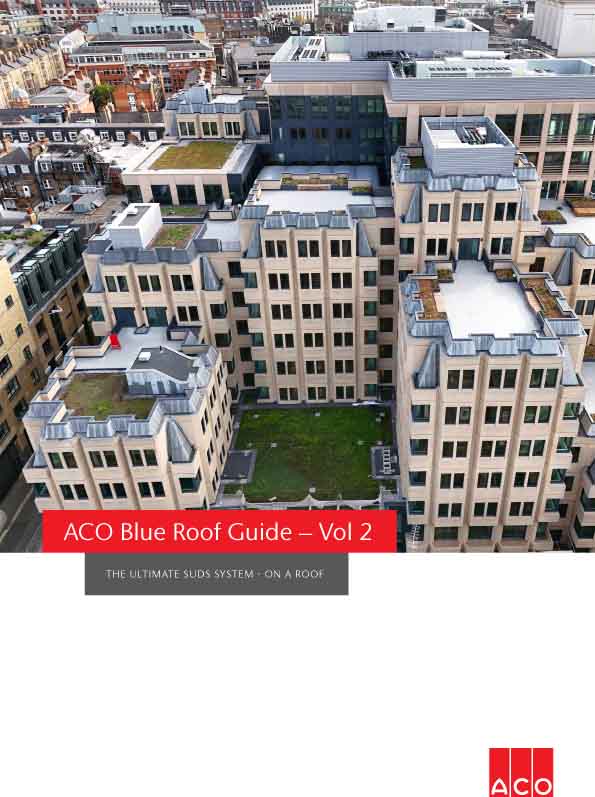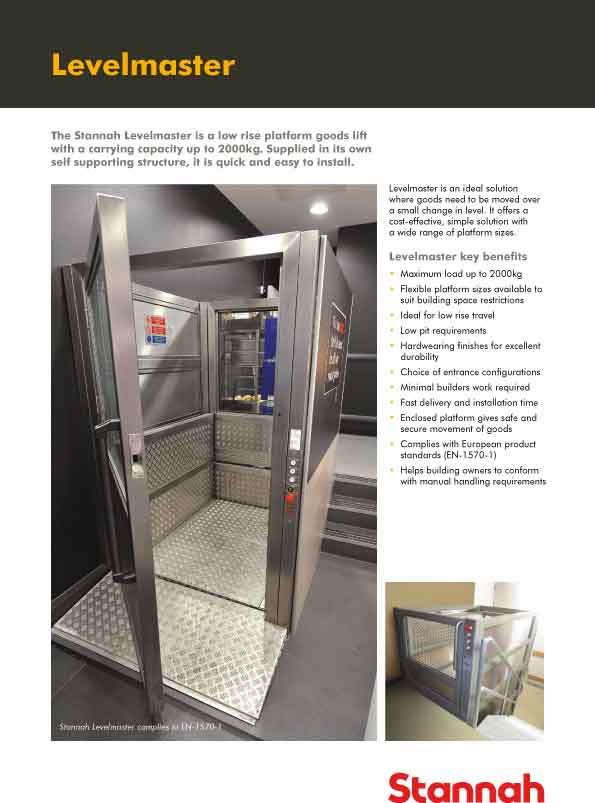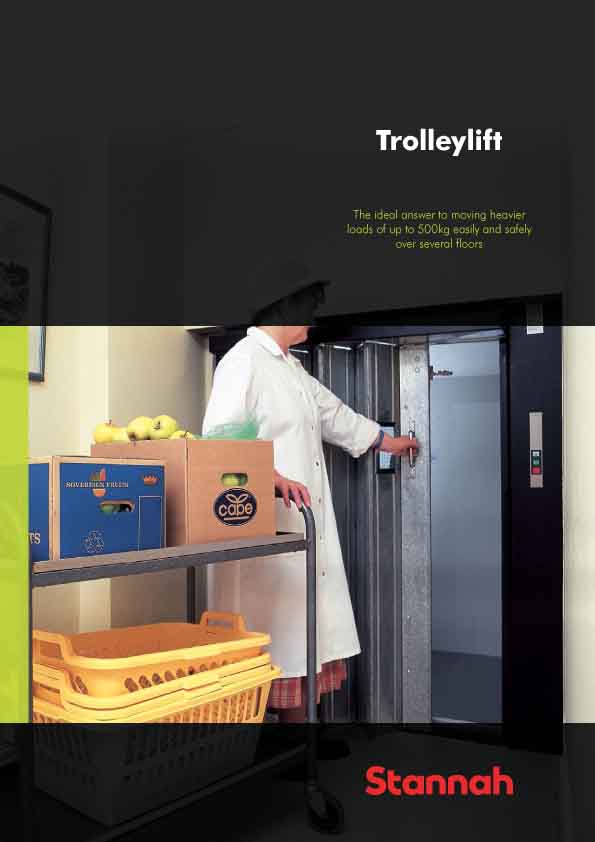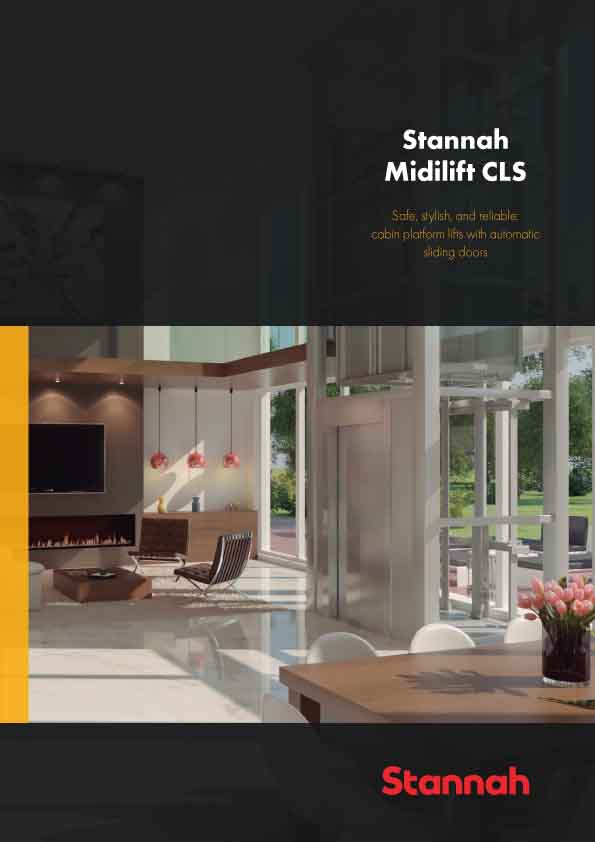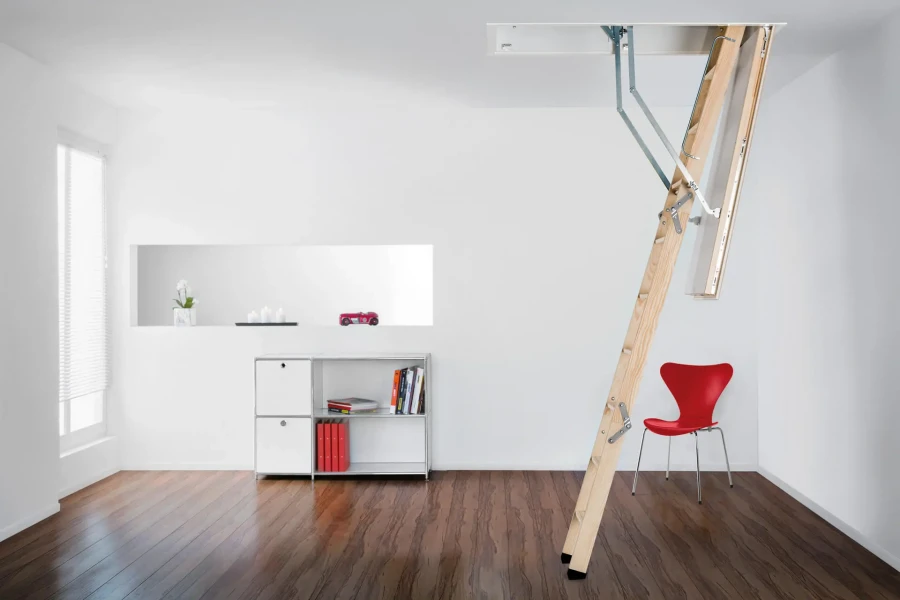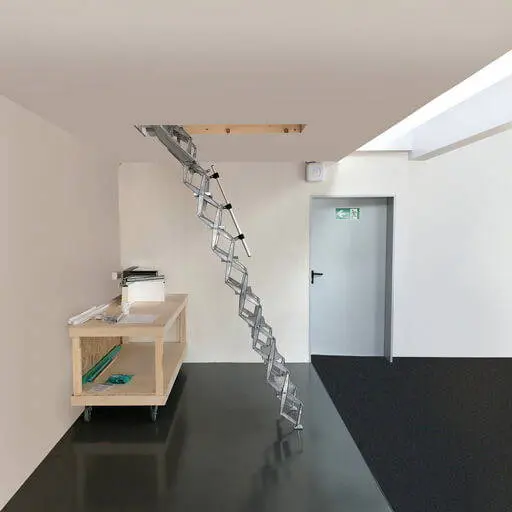A mortar made from recycled plastic and silica aerogel which improves insulation and reduces plastic waste has been developed by Newcastle University researchers.
The team hope this new building material could reduce heating and cooling bills while being environmentally friendly.
They developed the cement mortar mix by replacing sand with silica aerogel and recycled PET plastic which they then showed improved thermal insulation and weighs less. Aerogels are known for their high insulation properties and are increasingly used for thermal insulation, particularly within the building sector and in aerospace.
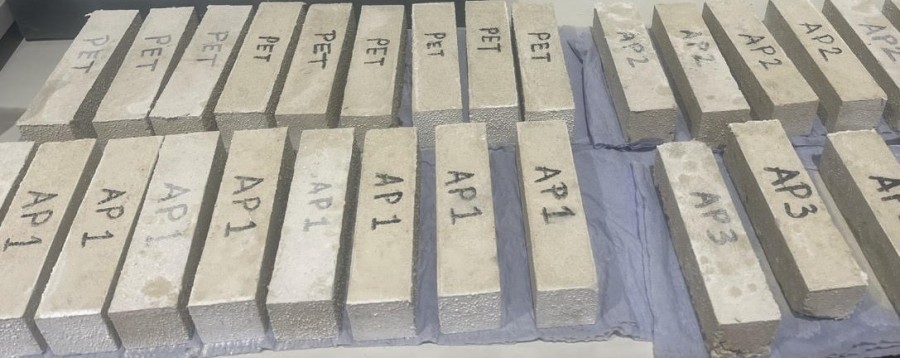
Publishing in the journal Construction and Building Materials, the team shows that the new mortar mix reduced heat loss by up to 55% compared to conventional mortar, while maintaining the required strength for masonry construction.
It also meets international standards (BS-EN 413-1:2011, ASTM C270-10, AS 1012/AS 3700), presenting an eco-friendly alternative for energy-efficient and sustainable construction.
This could improve sustainable construction practices while reducing heat loss in buildings, in areas where you get thermal bridging, for example through gaps between bricks in the walls which are filled with mortar.
Professor Lidija Šiller, Professor of Nanoscale Science at Newcastle University’s School of Engineering and one of the study lead authors, said: “This study demonstrates that our formulation of recycled PET plastic waste can be used to produce cement-based mortars, and it is an effective way to reduce their impact on the environment. Wouldn’t be wonderful to reduce heating bills of all our new builds and at the same time significantly reduce plastic waste in the world?’’
Seven different formulations were tested alongside traditional mortar with the most effective of the new mortar mixes proving to be 7% untreated silica aerogels replacing natural sand combined with 3% recycled PET (polyethene terephthalate) plastic.
The PET plastic particles used in the study came from shredded plastic bottles waste and were coarse, irregular in shape and between 2.5-3.5 mm. The scientists washed the plastic pieces with water after shredding and left them to dry at room temperature for 24 hours.
The team analysed key properties, such as setting time, flowability (a measure to determine the workability of cement mortar), density, strength, and thermal conductivity.
The new formulation helped reduce the thermal conductivity of mortar by up to 55%, compared to standard mortar samples.
Study lead author, Kaniaw Marof, PhD researcher at the School of Engineering, added: “Improvement of the thermal performance of masonry buildings by reducing the energy required for heating and cooling in buildings to meet the users' comfort it is one of the main topics considered in the modern construction sector. In our work, the modification of surface of the silica aerogel particles was a crucial step towards successfully implementing silica aerogel particles within the cement binder and PET plastic.”
The scientists are aiming to test the new mix in large-scale, real-world setting.
Professor Šiller explains: “Now it is possible to reach all British standards for this new reduced thermal heat mortar with plastic and aerogels. For the next step, we wish to find collaborators such as a construction company to apply for funding and build the house with our ‘recipe’ for mortar. This will allow us to provide the direct evidence of potential energy savings and assess the economics for masonry buildings applications.”










